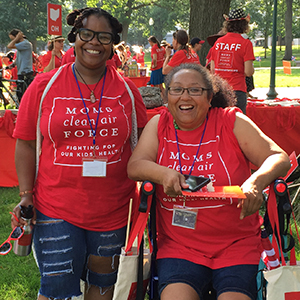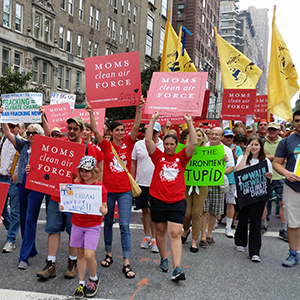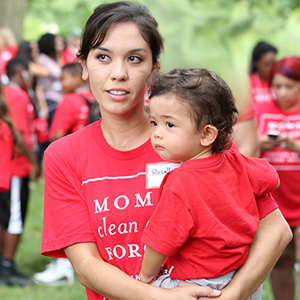 TAILPIPE POLLUTION AND OUR HEALTH
TAILPIPE POLLUTION AND OUR HEALTH
Every time I get in my car I sigh. That’s a lot of sighs because I live in rural New York where driving is a necessary evil. I just can’t help thinking that there has to be a better way for us all to get around that doesn’t generate toxic pollution. We don’t have a lot of viable public transportation here, and what there is isn’t electric—yet. My current car is a hybrid and I plan to replace it with an electric option soon. For now I try use my car as little as possible.
The issue is so much bigger than one individual car, of course. Vehicle exhaust is a major contributor to climate warming. Breathing tailpipe pollution can trigger asthma and damage our lungs, hearts, and brains. Exposure to tailpipe pollution has also been linked to heart attacks, stroke, premature death, low birth weight, and cancer.
The transportation sector is the largest source of climate pollution in the US. Cars, trucks, and buses can emit many harmful pollutants, such as soot, nitrogen oxides, and carbon monoxide. Diesel buses also pollute our air and harm our health. Tailpipe emissions can also combine with heat and air to form ground-level ozone, or smog.
This is why Moms Clean Air Force has been working on three different clean transportation campaigns, all aiming to limit tailpipe pollution in light-duty cars and trucks, heavy-duty vehicles, and to ensure funding for electric school buses.
Many of our staff—as well as thousands of our members—have shared personal stories through written comments and live testimony at hearings in an effort to urge the Environmental Protection Agency (EPA) to take action against harmful vehicle pollution.
- Stephanie Reese, our Director of Diversity, Equity, Inclusion, and Justice, and Strategic Implementation, testified: “As a mom, I’m motivated to do this work so my sons will have a healthier and brighter tomorrow. Tailpipe pollution literally hits close to home for us. We live only a few minutes from Interstate 95. Vehicles and their toxic emissions are never far from our home….I worry about my sons, who are 12 and 7 years old, are more vulnerable than adults with their smaller bodies and still-developing lungs. They are breathing in more polluted air per pound of body weight. I also worry about the impact this pollution has on communities of color, who disproportionately experience higher levels of pollution exposure.”
- Hazel Chandler, a great grandmother and our state coordinator from Arizona, where her hometown has some of the very worst air pollution and climate impacts in the country, shared, “The damage from this has been done to my body in the form of Stage 4 cancer and respiratory issues.”
- Erandi Treviño, our Texas state coordinator who lives in Houston, faces the cumulative effects of pollution that come from being surrounded by heavy industry, oil refineries, and trucking routes. It not only affects the quality of the air she and her family breathe daily, but also it contributes to climate change. She told the EPA, “Harris County, where I live, sees some of the highest occurrences of extreme weather events in the country. We are struggling to recover from the emotional and financial strains that come with it.”
We’ve also created a new fact sheet, TAILPIPE POLLUTION AND OUR HEALTH, as we work to urge EPA to finalize stronger tailpipe pollution protections. Parents and caregivers can learn about how tailpipe pollution and climate change impacts our health and how this is an environmental justice concern. We also explain the many benefits of stronger tailpipe pollution standards.
Families across the country interested in a rapid transition to zero-emissions vehicles can join Moms Clean Air Force and our members to advocate for cleaner air for our children and our communities.




